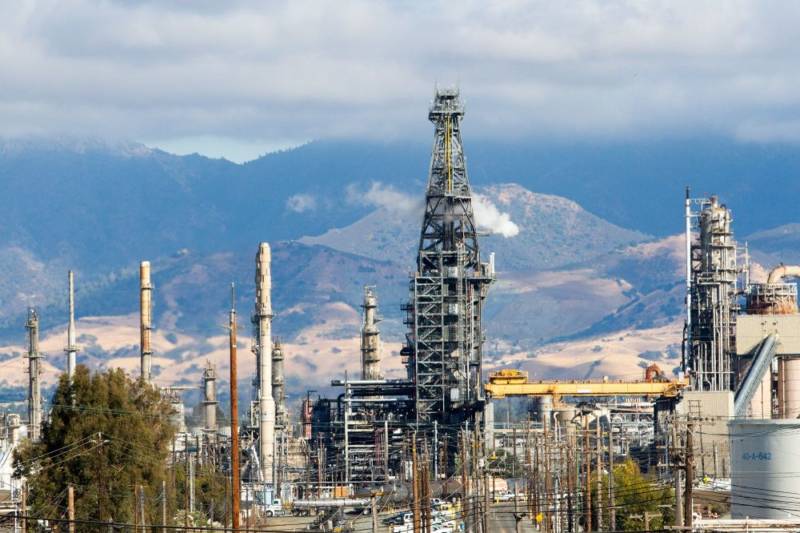Even if the economy rebounds and people return to their jobs in larger numbers, many of them may very well keep working from home.
About 80 percent of executives polled in an informal survey by the Bay Area Business Council said they expected their companies would continue at least partial remote work on a permanent basis, according to Rufus Jeffris, a spokesman for the business association.
And the Metropolitan Transportation Commission this week approved a plan to keep many of the Bay Area’s workers at home as part of a push to reduce traffic and greenhouse gas emissions.
Meanwhile, sales of electric, plug-in hybrid and fuel-cell vehicles are up significantly in the state. At the end of 2014, just 0.5 percent of passenger cars traversing California roads were electric. By the end of last year, that figure was 2%, according to the energy commission. The state has an official goal of putting 5 million zero-emission vehicles on the road by 2030.
“These all displace gasoline,” Schremp said.
With Newsom upping the ante by banning sales of new gas cars and trucks within 15 years, those numbers could keep increasing.
Refineries Look to Renewables
Oil companies, perhaps seeing the writing on the wall, have already been preparing for a change in business: Two of the Bay Area’s five major refineries are shifting to producing cleaner sources of energy.
The Marathon refinery in Martinez, which went idle in April after shelter-at-home orders drastically cut demand for gasoline and jet fuel, and the Phillips 66 facility in Rodeo plan to turn their plants into two of the largest renewable diesel production facilities in the world.
East Bay Congressman Mark DeSaulnier, whose district represents four of the region’s refineries, says this is only the beginning.
“I feel strongly that fossil fuels are something that will not be part of Contra Costa’s future,” DeSaulnier said.
Paasha Mahdavi, an assistant professor at UC Santa Barbara who specializes in oil politics, says it’s untenable for refineries to ignore the shift taking place.
“Business as usual in the oil industry is no longer viable,” he said. “Refineries have the most to lose in this transition. If they don’t act fast and adapt, they will join a growing list of oil companies bankrupted by the pandemic and sluggish demand.”
One of California’s largest oil producers made that list over the summer. California Resources Corp., based in Los Angeles County, filed for bankruptcy as it faced significant debt and a drastic reduction in demand.
The trend has the two local refineries looking past the current fossil fuel economy.
“Instead of reinvesting in the life of a fossil fuel refinery, they’re beginning to put their investments in more of the future,” said Contra Costa Supervisor John Gioia, who sits on the Bay Area Air Quality Management District and California Air Resources boards.
Marathon and Phillips 66 say they are getting the ball rolling on transforming their Contra Costa County refineries and applying for local permits to make the necessary changes.
Marathon wants to produce 475 million gallons of renewable fuel per year by late 2023. Tom Lu, general manager of the company’s Martinez refinery, told the air district board that government-mandated low-carbon fuel standards led to a financial decision to switch over to renewables.
“A lot of the policies that have been put in place both in Sacramento (and) local things that the (BAAQMD) has been doing are driving our interests and our desire to be at the forefront of leading the industry, in alignment with these policies” Lu said.
Phillips 66 says it hopes its Rodeo plant, which now produces 6% of California’s gas, will be able to produce 680 million gallons of renewable fuel per year by 2024.

